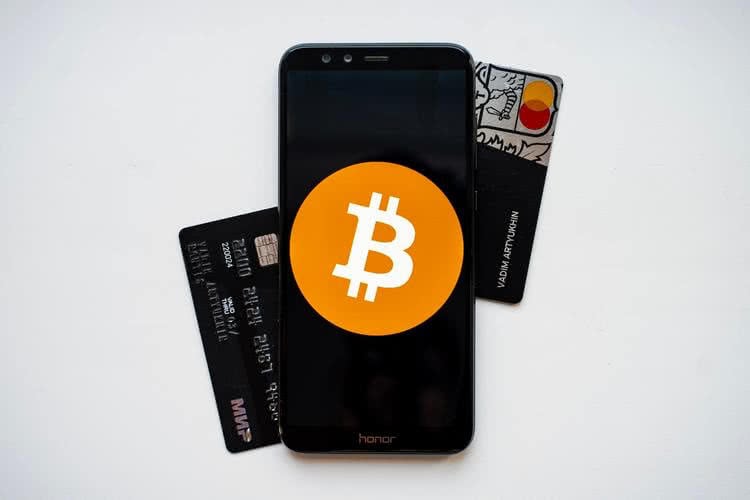
How to Keep Your Crypto Safe: Comparing Custodial and Non Custodial Wallets
Learn how to keep your cryptocurrency safe with LOX Network's guide to custodial and non custodial wallets.
Protecting your digital assets is hugely important. We break down the differences between custodial and non custodial wallets to help you make an informed decision about which type of crypto storage is best for you.
For both experienced traders and newcomers to the cryptocurrency industry, it's important to understand the differences between custodial and non custodial crypto wallets—as each method has its own advantages and disadvantages. By understanding the differences between these two types of wallets, you can make an informed decision on which is best suited to store your digital assets.
Crypto Wallets 101: Custodial vs Non Custodial Wallets
Crypto wallets are a secure and convenient way to store and access your digital assets. When trading, investing, or simply looking for a way to store your digital currency, a wallet is an excellent way to keep your assets safe.
Custodial wallets allow you to store your crypto assets with a third party, such as a crypto exchange platform (like Crypto.com, for example) or a custodial service provider. In either case, you'll need to trust them with your private keys.
Non custodial crypto wallets, on the other hand, are a secure way to store your crypto without a third party. Non custodial crypto wallets can be personal hardware devices, software, or browser-based (such as MetaMask), and you don't have to entrust your private keys to a third party.
Let’s look at how you can best protect your digital assets through the use of a custodial or non custodial wallet.
Custodial: KYC Regulated Protection
A custodial wallet is an online-based service that grants a third party control of your private cryptocurrency keys, similar to how a traditional banking service may manage your money. To protect customers, most custodial wallets are regulated by Know Your Customer (KYC) rules—a process whereby financial institutions must verify the identity of a user before granting access.
Custodial wallets are often easy to use and include a user-friendly interface. You’ll have full access to your funds and can come and go as you please, without having to worry about losing your private keys. Yet, despite the convenience that a custodial wallet offers, there are still several risks associated with using this type of wallet—including theft.
As with any online-based service, custodial wallets are vulnerable to data breaches. In the event of a system hack, the theft of your private keys would result in the loss of your crypto holdings forever. In fact, 47 cryptocurrency exchanges have been the victim of digital crime since 2012, with 19 incidents taking place in 2019 alone. That’s an estimated loss of $2.7 billion worldwide.
With many users preferring to take responsibility for their own digital assets, let’s look at what makes non custodial wallets an equally appealing option.
Non Custodial: Complete Control
Non custodial wallets provide users with total control over their assets, with transactions processed directly from your mobile application or browser. Unlike a custodial wallet, users are fully responsible for their cryptocurrency keys and must take extra precautions when sending and receiving digital assets.
One of the best ways to secure your non custodial wallet is through the use of a recovery or seed phrase. This could be a 12 to 24 word password that helps you regain access to your wallet in the event of a lost or forgotten private key. You can keep this in a secure location, such as an alternative device or cold storage.
Using a seed phrase can help you reclaim your crypto wallet in the event of a hack. But before you go out and buy a recovery phrase, it is important to know the basics of backing up your crypto.
Take James Howells for instance. Having mined over 8000 Bitcoin—now worth an approximate £150 million—James accidentally threw out his laptop containing the private keys needed to access the funds. Now lost to landfill, there’s no method of recovery and his holdings can never be recovered.
Of course, non custodial wallets aren’t exempt from data breaches either, meaning it’s incredibly important to understand the basics of crypto security.
Whether using a custodial or a non custodial wallet, what matters most is that you protect your digital assets and, wherever possible, minimize risk.
Protecting Your Cryptocurrency
Choosing the right type of wallet is integral to keeping your crypto safe and your decision is likely to come down to how much trust you have in a third party provider, or your own ability to protect your recovery keys.
Make a choice that best suits your needs. For custodial users, specific wallets are good for spending and trading, while others are designed for keeping large sums safe. You could also consider a platform that offers some form of repayment if your crypto is stolen, such as Coinbase.
For non custodial users, paper wallets have recently sprung up as an alternative means of keeping your keys safe. Containing slips of paper with a QR printed on them, paper wallets are safe from hackers, although the risk of getting lost or damaged still remains.
Start Your Metaverse Adventure with MetaLOX
At LOX Network, our goal is to make metaverse technology accessible to all. Using our hybrid blockchain, MetaLOX is a decentralized, open and user-centred metaverse that encourages collaboration and entrepreneurship.
A space for developers to create new and innovative metaverse projects, and a place for users to play and earn through NFTs, GameFi, and DeFi, MetaLOX encourages inclusivity and cultivates a thriving virtual community.
Get in touch and start your own adventure today.